Baby Hair Color Predictor: Unveiling the Mystery
Have you ever wondered what color your baby’s hair might be? It’s one of those exciting mysteries for expecting parents. While we can’t predict it with 100% certainty, there are fascinating ways to make an educated guess. In this article, we’ll explore the science behind hair color inheritance, factors influencing it, and some fun predictors you can try.
The Science of Hair Color
Genetics at Play
Hair color is primarily determined by genetics. Our genes carry the information that dictates everything from eye color to hair type. Here’s a simplified look at how hair color inheritance works:
- Dominant and Recessive Genes: Genes come in pairs, and hair color is influenced by dominant and recessive genes. For example, brown hair is usually dominant over blonde hair.
- Multiple Genes Involved: Unlike some traits, hair color is influenced by multiple genes, making predictions a bit more complex.
Melanin: The Key Pigment
Melanin is the pigment responsible for hair, skin, and eye color. There are two types of melanin that affect hair color:
- Eumelanin: Determines black or brown shades.
- Pheomelanin: Determines red and yellow shades.
The amount and type of melanin in the hair follicles will ultimately decide your baby’s hair color.
Factors Influencing Hair Color
Genetic Background
The most significant factor is the genetic background of both parents. Here’s how different combinations might play out:
- Both Parents with Dark Hair: High chance of dark-haired baby.
- One Parent with Dark Hair, One with Light Hair: Mixed possibilities, with a leaning towards dark hair if the dark hair gene is dominant.
- Both Parents with Light Hair: Higher probability of a light-haired baby.
Ancestry and Ethnicity
Different populations have varying predominant hair colors. For instance:
- European Descent: Higher diversity in hair color, ranging from blonde to brown to red.
- Asian and African Descent: More consistent darker hair shades.
Unexpected Changes
Sometimes, babies are born with hair color that changes as they grow. This can happen due to:
- Hormonal Changes: Hormonal shifts as the baby develops can alter hair color.
- Environmental Factors: Sun exposure and even diet can have subtle effects on hair color over time.
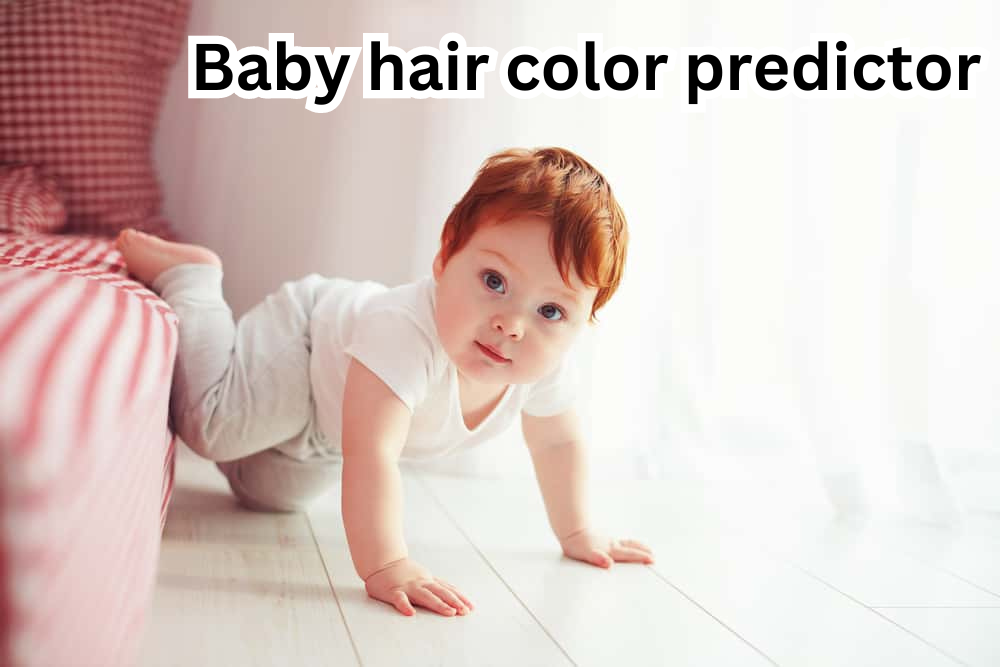
Predicting Your Baby’s Hair Color
While there’s no foolproof way to predict hair color, several methods can give you a fun glimpse into the possibilities.
The Punnett Square Method
Punnett Squares are a classic tool used in genetics to predict the probability of certain traits. Here’s a simple table to understand how it works for hair color:
| Parent 1 Hair Color | Parent 2 Hair Color | Potential Baby Hair Colors |
|---|---|---|
| Dark | Dark | Mostly dark, slight chance of lighter shades |
| Dark | Light | Mixed, leaning towards dark |
| Light | Light | Mostly light |
Online Predictors
Several online tools allow you to input parents’ hair colors and other traits to predict your baby’s hair color. These tools use genetic principles and probabilities to give you a fun guess.
Family History
Looking at the hair color of grandparents and other relatives can also provide clues. Sometimes, recessive genes skip generations, making it possible for a blonde grandparent’s hair color to reappear in a baby.
Real-Life Examples
To bring these concepts to life, let’s look at some real-life scenarios:
Example 1: The Brown-Haired Couple
Anna and John both have brown hair. Based on genetic principles, their baby is most likely to have brown hair. However, if both carry recessive genes for blonde hair, there’s a slim chance their baby could be blonde.
Example 2: The Mixed-Hair Couple
Emily has blonde hair, and David has black hair. Their baby’s hair color could range from blonde to brown to black, with a higher probability of a darker shade due to the dominant black hair gene.
Example 3: The Red-Haired Surprise
Sarah has red hair, and Mike has brown hair. Red hair is recessive, so if Mike carries a recessive red hair gene, there’s a possibility for a red-haired baby. Otherwise, brown is more likely.
Fun Activities While You Wait
Waiting for your baby’s arrival can be an exciting time. Here are some fun activities to engage in while speculating about hair color:
- Create a Baby Pool: Have friends and family guess the baby’s hair color (and other traits). It’s a fun way to involve everyone.
- Photo Comparisons: Compare baby photos of both parents and see who the baby might resemble.
- DIY Genetic Charts: Make your own family tree and mark hair colors to visualize potential outcomes.
Conclusion
Predicting your baby’s hair color is a delightful blend of science and guesswork. While genetics plays a crucial role, remember that nature loves surprises. Enjoy the journey of discovery and cherish the moment when you finally meet your little one.
If you have any questions or want to share your own hair color prediction experiences, feel free to comment below. Let’s keep the conversation going!
READ MORE :
Further Reading
For those interested in diving deeper into the science of genetics and hair color, here are some recommended reads:
- “The Gene: An Intimate History” by Siddhartha Mukherjee
- “Genetics for Dummies” by Tara Rodden Robinson
Get Involved
We’d love to hear from you! Share your baby hair color predictions or your experiences with predicting your baby’s traits. Engage with us in the comments below!
Exploring Genetic Testing
The Role of Genetic Testing
For those who want a more scientific approach, genetic testing can provide insights into not only your baby’s potential hair color but also a variety of other traits. Genetic testing companies offer services that analyze your DNA to predict traits based on your genetic makeup. Here’s how it works:
- DNA Sample Collection: A simple cheek swab or saliva sample is collected from both parents.
- Genetic Analysis: The sample is analyzed in a lab, where specific genes associated with hair color are examined.
- Prediction Report: A detailed report is generated, predicting traits such as hair color, eye color, and even certain health predispositions.
Pros and Cons of Genetic Testing
While genetic testing can provide fascinating insights, it’s essential to weigh the pros and cons.
Pros:
- Accurate Predictions: Genetic testing can offer a higher degree of accuracy compared to simple predictions based on family history.
- Additional Information: Besides hair color, these tests can reveal other traits and potential health risks.
Cons:
- Cost: Genetic testing can be expensive.
- Privacy Concerns: Sharing genetic information with companies can raise privacy issues.
- Not 100% Certain: Even genetic testing can’t guarantee predictions due to the complex nature of genetics.
Hair Color Changes Over Time
Understanding Hair Color Evolution
It’s important to note that a baby’s hair color can change as they grow. Here are some reasons why this happens:
- Newborn Hair: Babies are often born with a different hair color than they will have as adults. This is because the melanin production in their hair follicles is still developing.
- Toddler Transition: Between six months and three years, many children experience a change in hair color. This can be due to changes in melanin levels.
- Puberty and Beyond: Hormonal changes during puberty can also affect hair color. For example, some children’s hair may darken as they reach their teenage years.
Case Study: The Changing Hair Color Journey
Consider the case of baby Lily:
- Birth: Lily was born with jet-black hair.
- Six Months: By six months, her hair had lightened to a dark brown.
- Two Years: At two years old, her hair turned to a medium brown with natural highlights.
- Teenage Years: During her teenage years, Lily’s hair darkened again to a deep brown.
This natural evolution shows that hair color can be a dynamic trait, influenced by various factors over time.
Fun Genetics and Hair Color Activities
Create a Family Hair Color Chart
Engage in a fun family project by creating a hair color chart. Here’s how:
- Gather Photos: Collect photos of family members from both sides, focusing on their hair color at different ages.
- Create a Chart: Make a chart or family tree showing the hair color progression over generations.
- Predict Together: Use the chart to make predictions about your baby’s potential hair color.
Hair Color Prediction Apps
In the digital age, there are apps designed to predict baby traits, including hair color. Here are a few popular ones:
- BabyMaker: Uses photos of parents to predict the baby’s appearance.
- Punnett Square Calculator: An app for visualizing genetic trait predictions, including hair color.
- Baby Predictor: A fun app that guesses baby traits based on parent photos and genetic information.
Host a Baby Hair Color Reveal Party
Turn the prediction into a celebration by hosting a baby hair color reveal party. Here are some ideas:
- Invite Friends and Family: Gather loved ones to share in the excitement.
- Guessing Game: Have guests submit their guesses for the baby’s hair color.
- Reveal Cake: Create a cake with layers of different colors to represent potential hair colors. Cut the cake to reveal the “predicted” hair color.
- Prizes: Award small prizes for the closest guesses.
The Cultural Significance of Hair Color
Hair Color Around the World
Hair color carries different cultural significances around the globe. Here are some interesting perspectives:
- Asia: In many Asian cultures, dark hair is predominant and often associated with health and beauty.
- Europe: Europe showcases a wide range of hair colors, with red hair being particularly notable in Ireland and Scotland.
- Africa: Natural hair colors range from black to dark brown, with unique textures that are celebrated in various cultures.
Folklore and Superstitions
Hair color has also been the subject of folklore and superstitions:
- Blonde Hair: In some cultures, blonde hair is considered a sign of beauty and purity.
- Red Hair: Historically, red hair has been associated with fiery tempers and strong personalities.
- Dark Hair: Often seen as a symbol of mystery and strength.
How to Care for Your Baby’s Hair
Baby Hair Care Tips
Regardless of your baby’s hair color, taking care of their delicate hair is important. Here are some tips:
- Gentle Shampoo: Use a mild, tear-free shampoo designed for babies.
- Soft Brush: Use a soft-bristled brush to detangle hair gently.
- Avoid Heat: Refrain from using hairdryers or heat styling tools on your baby’s hair.
- Protect from the Sun: Use hats or baby-safe sunscreen to protect their hair and scalp from UV rays.
Hair Care Products
When choosing products for your baby’s hair, consider these options:
- Organic Shampoos: Free from harsh chemicals and gentle on the scalp.
- Leave-in Conditioners: Lightweight formulas to keep hair soft and tangle-free.
- Natural Oils: A few drops of coconut or jojoba oil can help moisturize the scalp.
Final Thoughts
Predicting your baby’s hair color is a wonderful way to connect with the anticipation of welcoming your little one. Whether you rely on genetics, family history, or just have fun with it, remember that every baby is unique. Enjoy this special time and the surprises it brings!
If you enjoyed this article and have any questions or predictions to share, leave a comment below. Let’s continue the conversation and share our experiences!


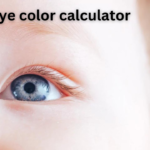
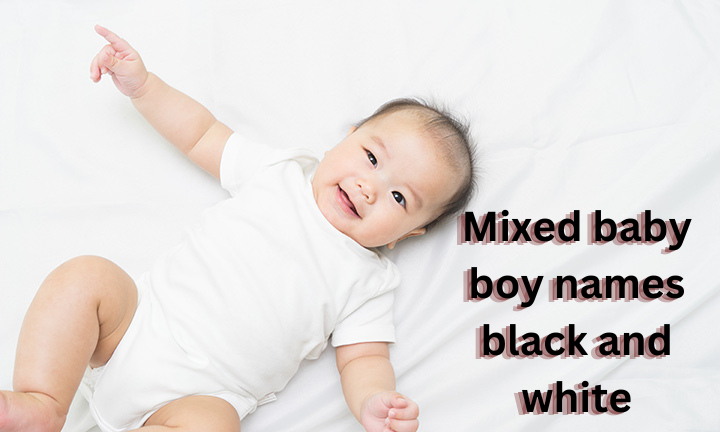
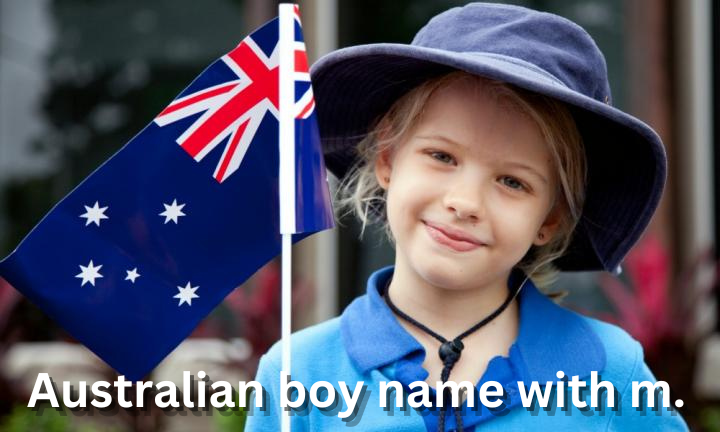
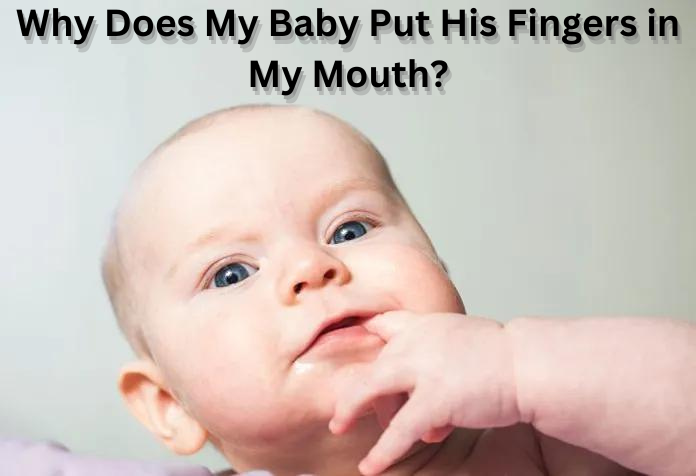


Les motifs abstraits ou ultra détaillés sont tous possibles en broderie diamant.